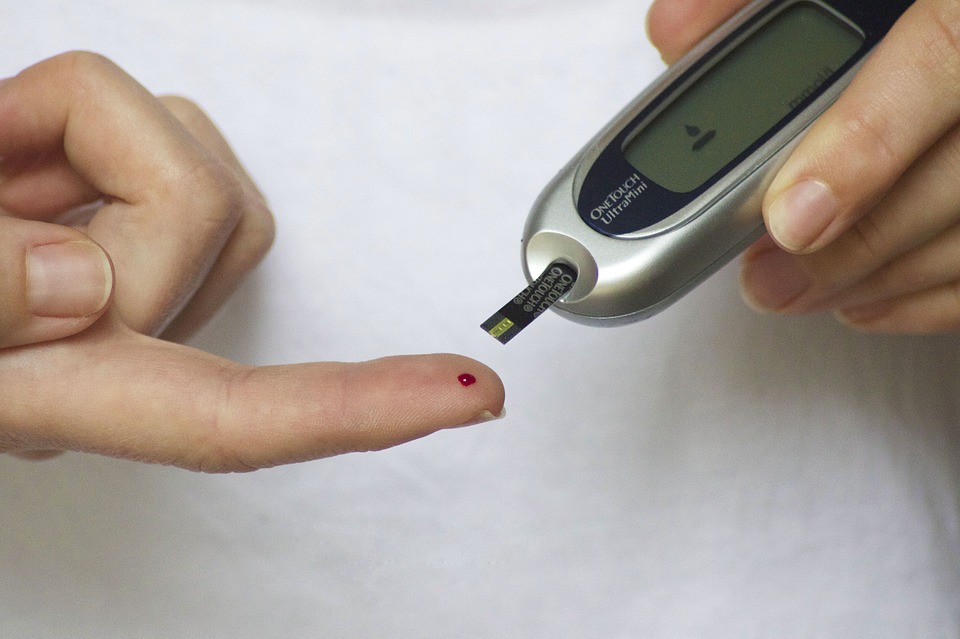Diabetes is a hyperglycemic syndrome affecting almost every organ system of the body. The three diabetes types are:
- Type 1 Diabetes
- Type 2 Diabetes, and
- Gestational Diabetes
The primary defect in diabetes is either an absolute or relative insulin deficiency or insulin resistance or both.
Treatment goal of any diabetic patient is maintaining normal or near-normal blood sugar and preventing complications.
Treatment of Diabetes depends on the type of Diabetes you have
To control the blood sugars, the patient is either started on insulin or oral antidiabetic medicines. But whether the patient is started on insulin or oral drugs depend on the primary diagnosis.
Previously, diabetes was classified as either type 1 or type 2 (and gestational diabetes).
Type 1 diabetic patients were put on insulin and type 2 diabetic patients were started on oral drugs initially and other drugs or insulin were added if the blood sugars would remain uncontrolled.
However, there was a subgroup of patients that would develop early complications. Another subgroup that was labeled as type 2 diabetics but never responded to oral therapy. However, unlike type 1 diabetic patients they would require very high doses of insulin.
Although not an accepted terminology, we would call this group of diabetic patients as type 1 ½, i.e. these patients would behave partially like type 1 Diabetes patients and partially as type 2 diabetes patients.
Now with the latest research, as discussed below, this is the cluster 1 patients with insulin deficiency.
How did we differentiate between type 1 and type 2 diabetes?
Since there is no single test to differentiate between type 1 and type 2 diabetes and with the limited lab facilities, we used some of the following clinical characteristics to differentiate between type 1 and type 2 diabetes.
Features suggesting diabete type 1 include:
- Young age (usually less than 20 years of age)
- Lean patients with BMI less than a 20
- Diabetic ketoacidosis upon presentation and when blood sugars are high.
- Insulin requirement is less (6 to 12 units before each meal and a long acting insulin). Classic type 1 diabetes patients develop diabetic ketoacidosis when miss one or two doses of insulin.
- Low or absent insulin and c-peptide levels in the body.
- The presence of autoantibodies.
The last two criteria were used less often. The type 1 ½ diabetes patients usually were young and lean but had never developed diabetic ketoacidosis and they required a high dose of insulin.
What is the new classification of Diabetes Types?
The new classification was based on a study carried out in Sweden and Finland.
Diabetic patients were grouped in to five clusters. One cluster of patients was similar to type 1 diabetic patients while the other four clusters were subtypes of type 2 diabetes mellitus.
These clusters are not to be considered as the emergence of new types of diabetes. However, this classification into five different clusters of diabetes patients is to individualize the treatment and predict the prognosis at an early stage.
The New Diabetes Types – The Five Diabetes Clusters
- Cluster 1:
Cluster 1 is also called “Severe Autoimmune Diabetes or SAID”. This cluster is similar to Type 1 Diabetes Mellitus. These patients were relatively young and were not overweight. The primary defect noted in these patients was defective insulin production due to an underlying autoimmune etiology. 6-15% of the patients fell into this cluster of patients.
- Cluster 2:
Cluster 2 is also called as SIDD or Severe Insulin deficient Diabetes. This cluster of diabetes patients was similar to cluster 1 diabetes patients but was autoantibodies negative. These patients are young, not overweight, had poor metabolic control and labeled as type 1 diabetes. The etiology of insulin deficiency in this group of patients is not known. 9 – 20% of the patients were in Cluster 2.
- Cluster 3:
This cluster of patients has severe insuin-resistant diabetes also called as SIRD. These patients are overweight and are at risk of developing kidney disease. 11 – 17% of the patients had SIRD.
- Cluster 4:
This group of patients has mild obesity-related diabetes or MOD. These patients are obese but do not have much of the metabolic problems as patients in cluster 3. 18 – 23% of the patients had MOD.
- Cluster 5:
Mild age-related diabetes (MAD). This group of patients comprised of 39 – 47 % of the patients. These patients were relatively older at the time of diagnosis.
The first three clusters of patients had a relatively severe form of the disease with most developing complications while cluster 4 and 5 had a milder form of the disease.
Most patients in cluster 2 and 3 developed complications. Cluster 2 developed retinopathy while cluster 3 developed nephropathy.
In conclusion:
The new classification aims at individualized and precise treatment from the start. Physicians and experts think that this classification might be a step towards precision medicine, however, the old classification of type 1 and type 2 Diabetes Mellitus will remain valid in many developing countries like Pakistan as it may not be cost-effective in these countries.

